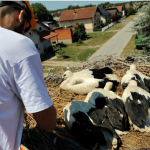The 12th edition of the most popular events in Turopolje, Sausage Festival of Turopolje, takes place today, so this might be the perfect opportunity to visit the Noble Municipality of Turopolje.
See the event here.
Located 22 km south of Zagreb, near Velika Gorica, Turopolje is a cultural and historical region of Central Croatia.
It’s named after Tur, an extinct type of wild cattle that used to inhabit the area during the Middle Ages and which the ancient Slavs considered to be sacred. The region used to be called Campus Zagrabiensis, but it was gradually renamed to Campus Thuropolya 16-18 ct, which later got shortened to Turopolje.
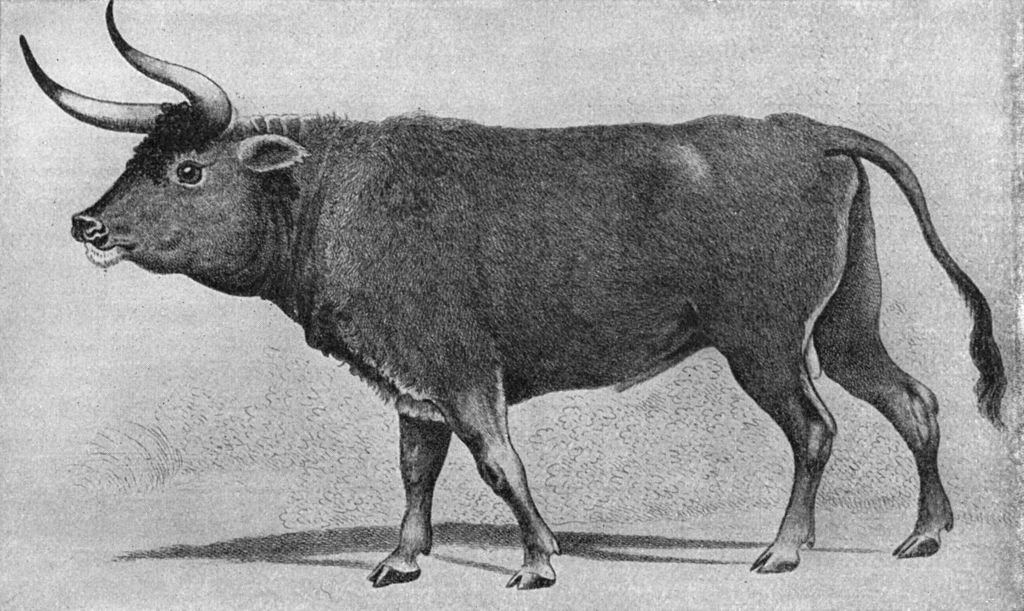
Source: Wikimedia commons
In addition to the extinct type of cattle, Turopolje has its own pig breed, called the Turopolje pig. It’s one of the older breeds of European pigs, but it’s very rare nowadays. It has black spots on a white or grey skin, drooping ears, and with only 129 sows in 2011, it’s, unfortunately, close to extinction. Turopolje breeders and experts from the Faculty of Agriculture have been working hard to increase the number of pigs and prevent their extinction.
The Turopolje area has been inhabited since ancient history and the inhabitants are very proud of their noble history. According to Revolvy, the nobles of Turopolje descended from castle warriors of Zagreb County who received special privileges as a community in the 13th ct. The nobles of Turopolje or nobles of the plain formed a group of conditional nobles in Slavonia within the Kingdom of Hungary from the second half of the 13th century to the middle of the 19th century. They lived in a self-governing “noble peasant community” and were exempt from taxation.
Turopolje was granted autonomy in the 16th ct and it has been known as the Noble Municipality of Turopolje ever since.
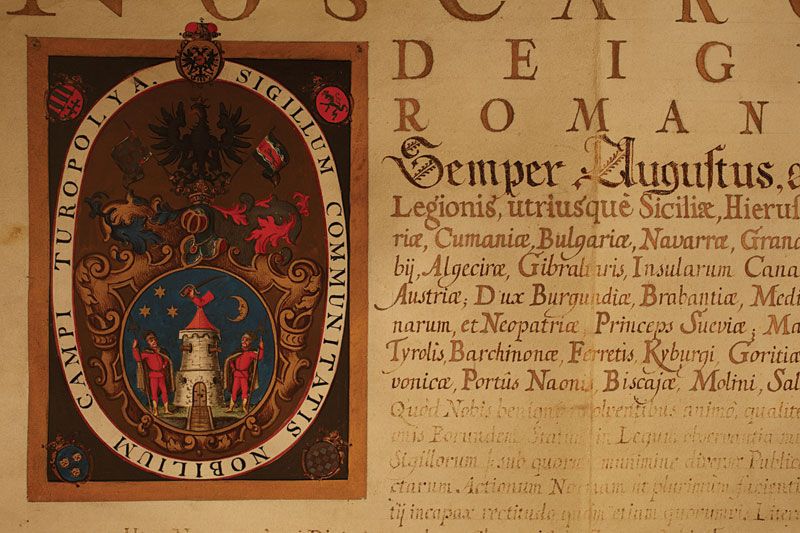
Source: Zagreb County Tourist Board
The area is known for its wooden architecture, and the main landmark is St. Barbara’s Chapel in Velika Mlaka. This Baroque jewel built in oak has been defying time since the 17th ct. The most interesting parts of the church are its winged altar and paintings on wooden panels on its ceiling and walls.
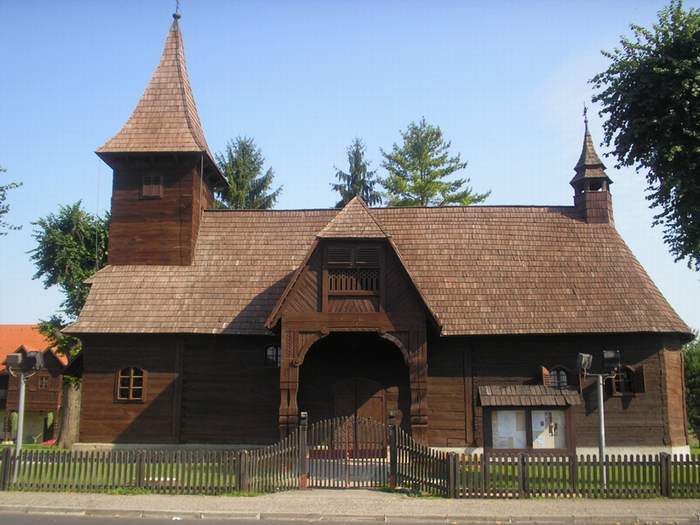
Source: Wikimedia commons
In addition to churches, there are also various wooden manor houses, or kurije. Kurija is an old Croatian name for these types of wooden buildings, built for local nobility. The best preserved kurija is the Modić-Bedeković Manor House.
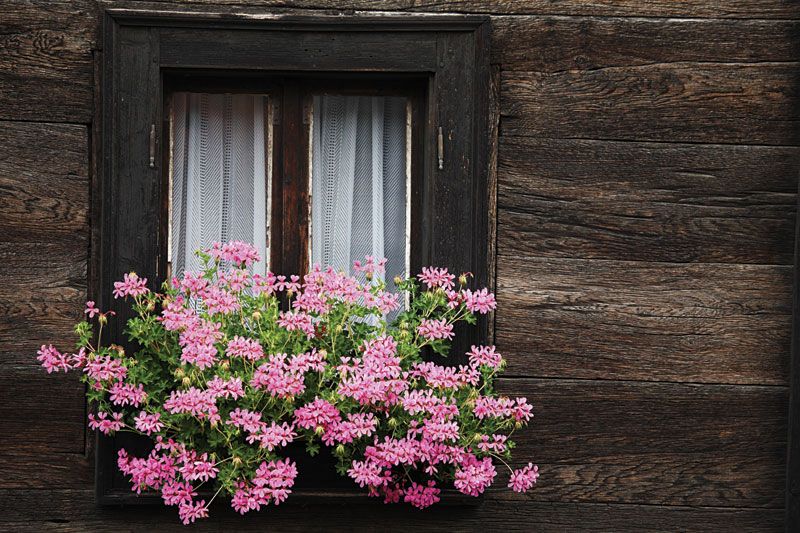
Source: Zagreb County Tourist Board
Old town of Lukavec, with the only stone fortress in this area, dating back to the 13th ct, should keep you occupied for several hours. If you want to find out more about the history of Turopolje, don’t miss the Museum of Turopolje in Velika Gorica. This Baroque building, built in the 18th ct used to be the town hall and now it keeps one of the most interesting museum collections in this area.
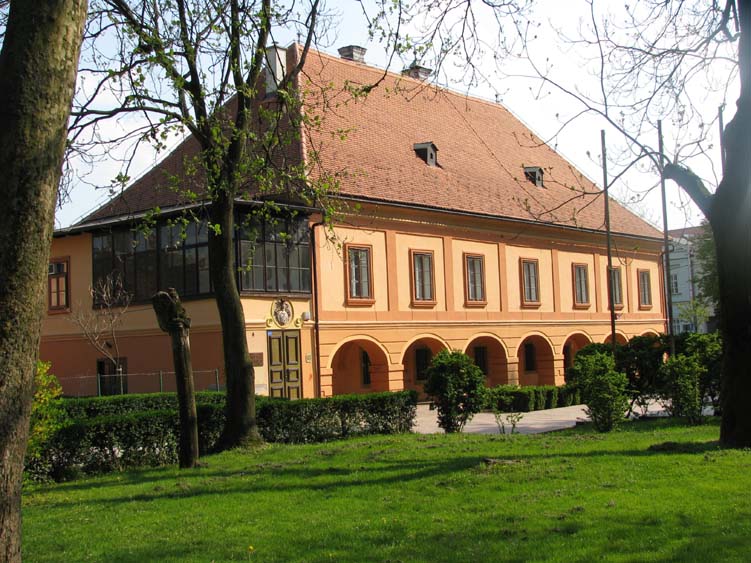
Source: Wikimedia commons
The most popular event in Turopolje is St. George’s Day, celebrated on April 23 by burning bonfires and depicting St George’s Day customs throughout Turopolje.
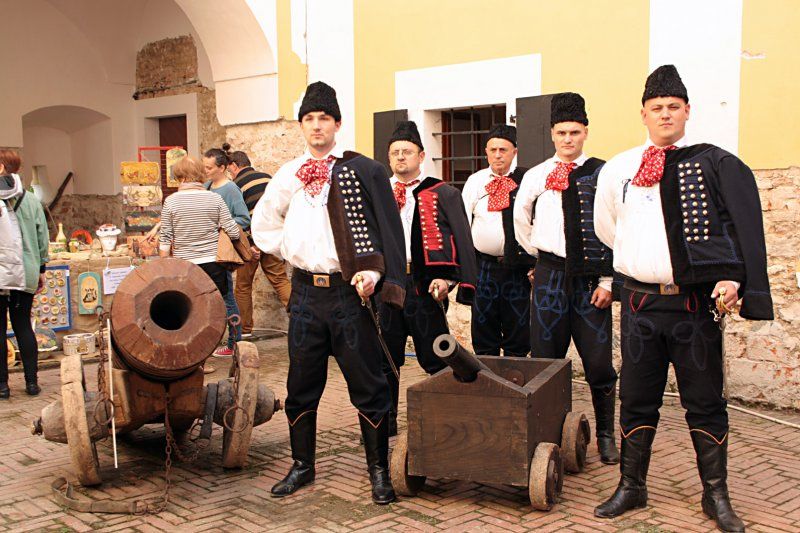
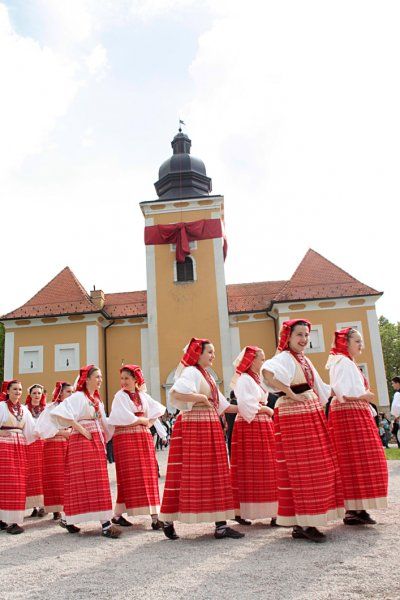
Source: Tourist Board of Velika Gorica.
You can find out more and download Touropolje, a mobile guide for Turopolje here.
Find out more about this noble municipality here, here and here.
You can see some of Turopolje’s traditional folklore dance and singing by Lado below
https://www.youtube.com/watch?v=TOgI8u6MAN8


